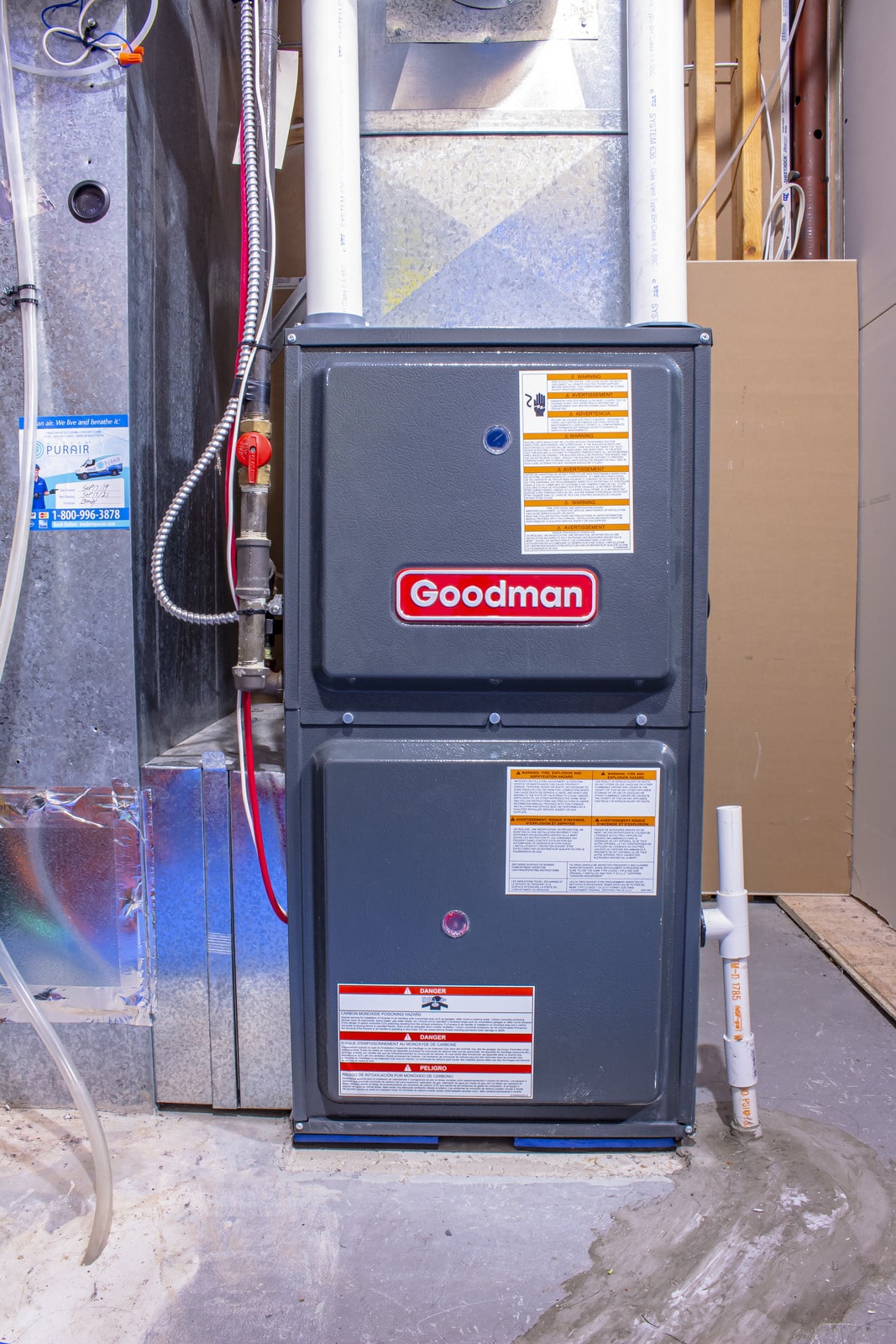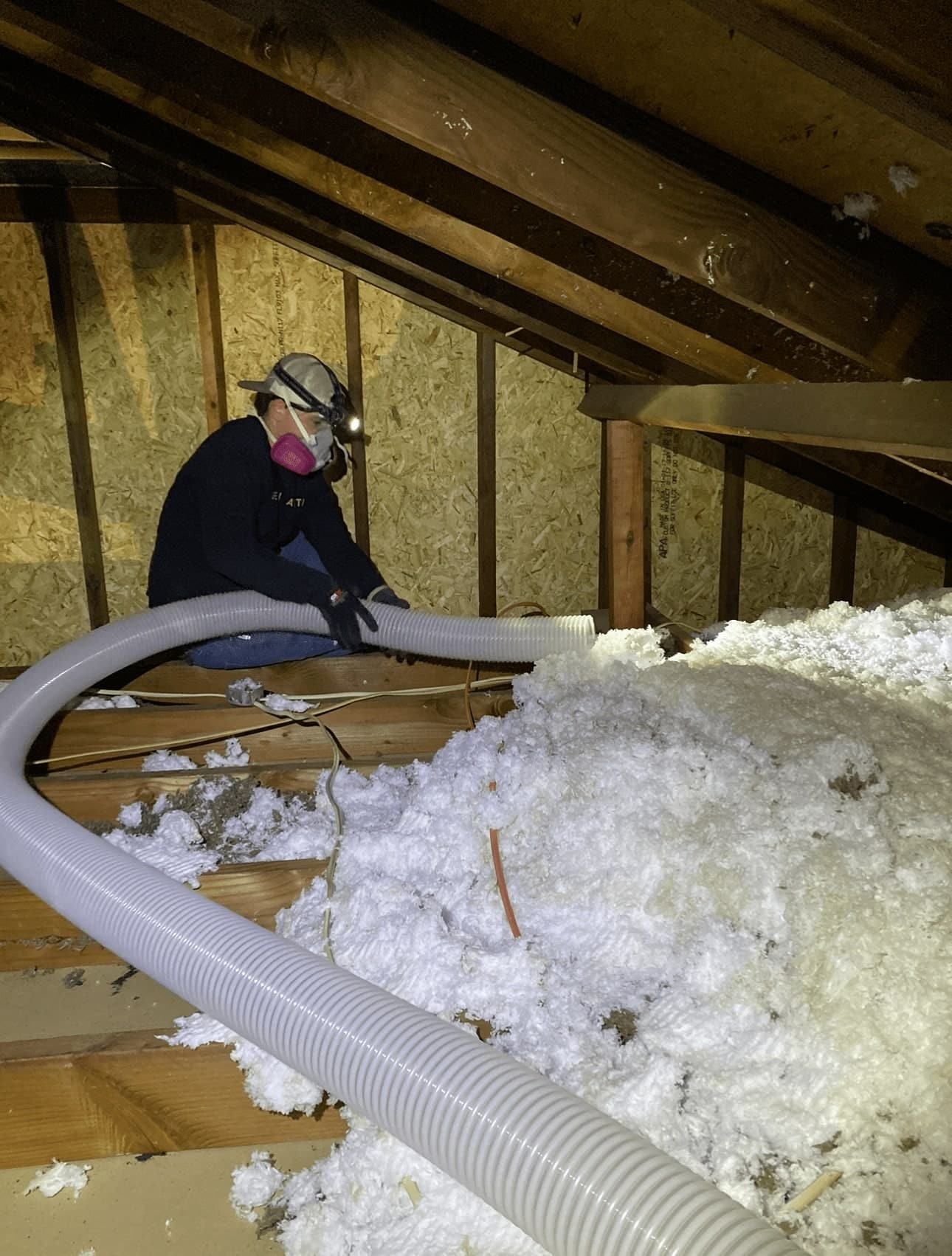The Definitive Guide for Green Attics
The Buzz on Green Attics
Table of Contents10 Easy Facts About Green Attics ExplainedSome Known Facts About Green Attics.All about Green AtticsThe Only Guide to Green AtticsNot known Facts About Green AtticsThe Single Strategy To Use For Green AtticsThe Basic Principles Of Green Attics
Around the smokeshaft. Structure codes need that air areas in between chimneys and floor or ceiling settings up whereby they pass be sealed with a non-combustible fire stop (see Figure 5-3 and Number 5-4). Along the edge of common walls. There is commonly a void between the party wall (such as the shared wall between devices in duplexes, triplexes and row residences) and the edge of the attic room flooring.
A hefty polyethylene sheet which is caulked with acoustical sealant and stapled to the ceiling encloses the electrical box. An electric cable diverts from the electric box and down through an opening into an indoor wall. Openings around electrical wires are full of caulking or foam sealer, and caulking seals gaps along the top of the interior walls.
After air sealing, attic room ventilation is your 2nd line of defence against the water vapour that might have located its means into the attic room. It makes sure a cooler, well-vented attic room area much less susceptible to the formation of ice dams at the eaves.
The 25-Second Trick For Green Attics
You might have to locate roof or soffit vents from outdoors if they are not plainly visible from inside the attic room. Homes with peaked roofs and accessible attic rooms are the easiest to air vent by utilizing the proportion of 1 to 300. This ratio describes unhampered air vent location to the insulated ceiling location.

The place of vents is as crucial as their number and type. Frequently, a mixture of kinds and areas will work best. The adhering to Parts detail the very best technique depending on your attic room kind. After you have checked the attic and performed any type of restorative job, focus first on air and wetness control.
Not known Details About Green Attics
On the other hand, spray foam provides air sealing and a preliminary layer of excellent quality insulation that can be covered as much as the desired RSI (R) level. If the attic room retrofit is being completed along with indoor improvements, the easiest technique is to install a new, solitary air and vapour barrier on the bottom of the ceiling joists.
The main trouble with this method involves securing the barrier to the wall surface top plate, especially at the eaves where there is little room to manoeuvre. This location must be well sealed. Spray foam or inflexible board insulation can assist link the gap around. Cut inflexible board to fit between the ceiling joists and to prolong from the exterior wall surface top plate towards the attic room. Spray foam insulation.
Eliminate existing insulation from the area you are working with and establish it away. Cut foam boards to fit well between the trusses. Caulk all sides, spaces and joints, see Figures 5-10 and 5-13. Obstructions, such as electric cords, will certainly call for cuts in the obstacle; seal these carefully to make the barrier continuous.
Spray foam specialists can mount closed-cell foam between the joists to air seal and add insulation at the very same time to the ceiling. All existing insulation and dust have to be eliminated initially to permit for a good bond.
Not known Factual Statements About Green Attics
(https://greenatt1cs.blog.ss-blog.jp/2024-11-30?1732949784)
This gets rid of roofing venting and produces what is called a warm roofing system, where the attic area enters into the conditioned (warmed and cooled) home space. This procedure might appropriate for some attic rooms, but do not proceed without authorization from your building assessor, and after that just use a licensed spray foam specialist who recognizes with the procedure.
If there are blockages over the joists, such as with a truss roofing system, it might be most convenient to put batt insulation right into the joist areas and after that use loose-fill insulation to produce a full blanket of insulation over the joists and around all blockages. Loose-fill insulation is additionally good on its own, particularly in uneven or blocked areas.

Getting My Green Attics To Work
Use baffles in between each rafter room to avoid it from being blocked (see Number 5-11). Insulate over and below cross supporting, splitting or cutting the batt to suit the cross bracing as shown in Figure 5-12. Conversely, reduced one batt right into a series of wedges and after that fit a wedge under each support.
The very first layer of batts need to be thick adequate to totally load to the top of the joist space. The second layer can after that run vertical throughout the joists to obstruct any kind of warmth circulation via and around the joists (see Figure 5-13). Duct cleaning. Guarantee that there are no gaps in between both layers of insulation
Begin at one end of the attic room and spread out the blanket. Figure 5-11 Baffles can be utilized to maintain airflow via the soffit vents Text version Cutaway of baffles between attic roof joists with arrows showing air motion taking a trip from the exterior, via an air vent in the ceiling overhang, and over the baffles.
Indicators on Green Attics You Need To Know
Figure 5-13 The leading layer of insulation runs perpendicular down layer Text version Image of layers of batts of insulation in between and above attic room joists. Batts on top of joists are perpendicular to batts between joists. A polyethylene sheet is laid under both layers of insulation and connected to the top of attic room joists by caulking and staples.

If the loosened fill is deeper than the joists, build insulation structure (a baby crib) around the attic hatch to make sure that it can be loaded to the side (see Figure 4-7). The bags of insulation product will list the amount of square metres (or square feet) each bag must cover to offer the required RSI worth.
Green Attics Things To Know Before You Buy
If you are having a professional do the work, determine the RSI value that you want and inspect the bags of insulation to be used. They ought to suggest the location that one bag will certainly cover at the chosen shielding value. You and the contractor should then settle on the total number of bags to be made use of, the expected protecting value and the minimum settled depth of insulation throughout the attic room, based on a particular thickness.